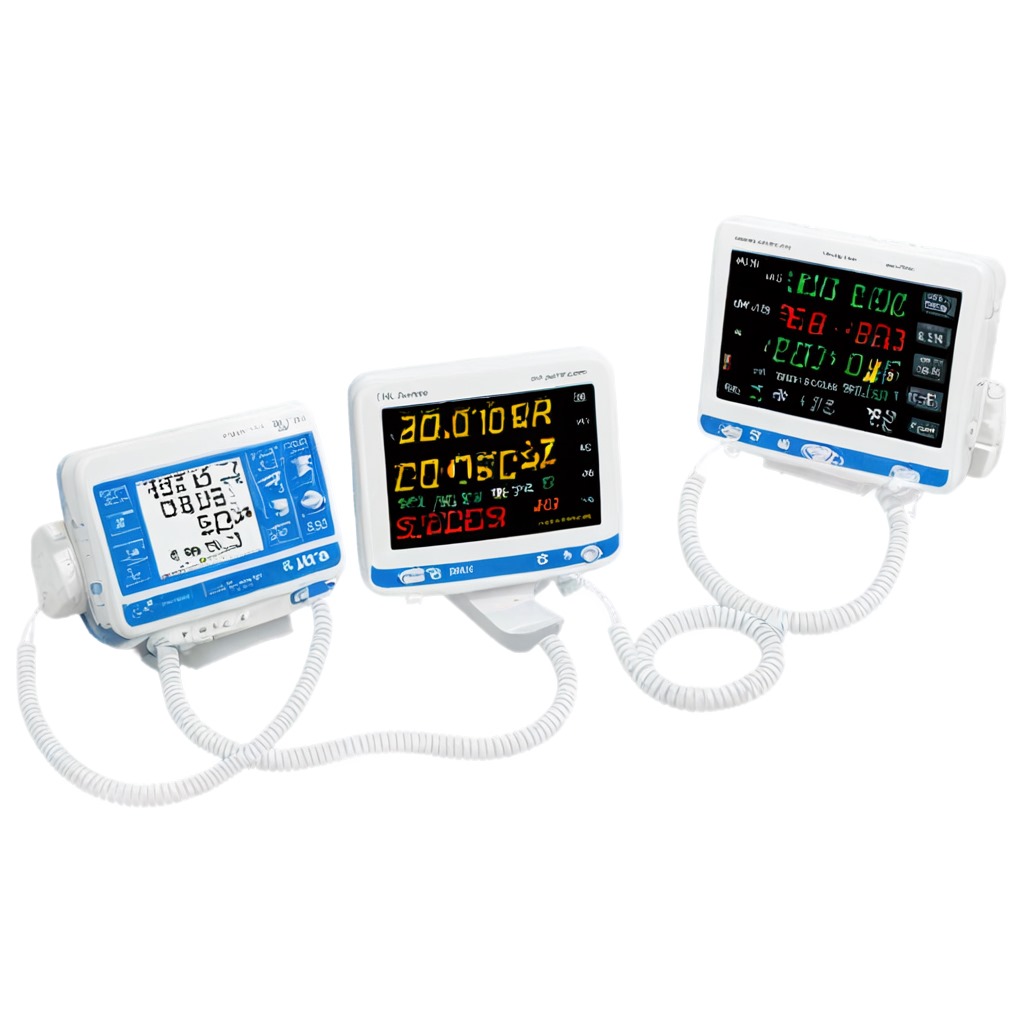
Vital signs monitors are sophisticated medical devices used to continuously or intermittently measure and display important physiological parameters that indicate a patient's overall health status. These monitors are essential tools in healthcare settings, including hospitals, clinics, emergency rooms, and ambulances, allowing healthcare providers to quickly assess a patient's vital signs and monitor changes over time.
Vital signs monitors are sophisticated medical devices used to continuously or intermittently measure and display important physiological parameters that indicate a patient's overall health status. These monitors are essential tools in healthcare settings, including hospitals, clinics, emergency rooms, and ambulances, allowing healthcare providers to quickly assess a patient's vital signs and monitor changes over time.
The vital signs commonly monitored by these devices include:
Heart Rate (HR): The number of times the heart beats per minute. Abnormal heart rates can indicate various cardiac and circulatory conditions.
Blood Pressure (BP): The force of blood against the walls of the arteries during circulation. Blood pressure measurement includes systolic pressure (pressure during heartbeats) and diastolic pressure (pressure between heartbeats). High or low blood pressure can signal cardiovascular problems or other health issues.
Respiratory Rate (RR): The number of breaths taken per minute. Changes in respiratory rate can indicate respiratory distress, lung diseases, or other respiratory issues.
Body Temperature: The measurement of the body's internal temperature. Fever or hypothermia can indicate infections, inflammation, or other medical conditions.
Oxygen Saturation (SpO2): The percentage of oxygenated hemoglobin in the blood. Oxygen saturation levels are critical for assessing respiratory function and oxygen delivery to tissues.